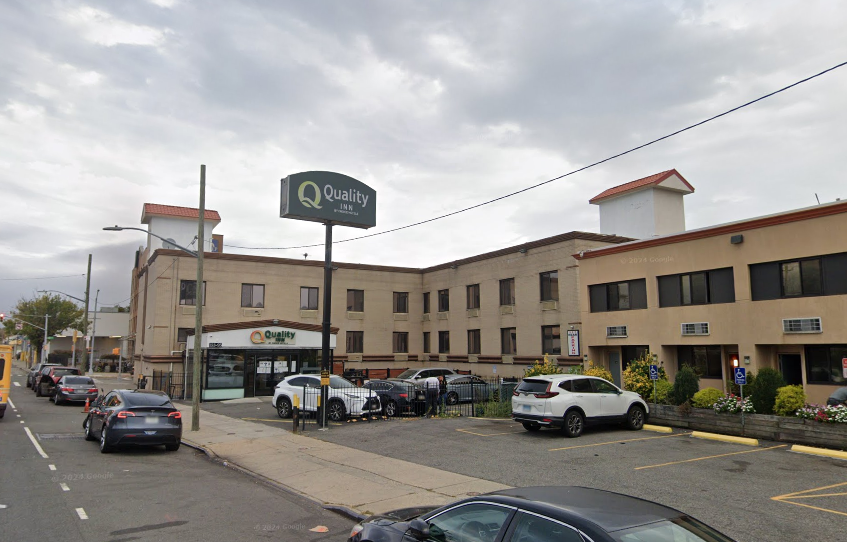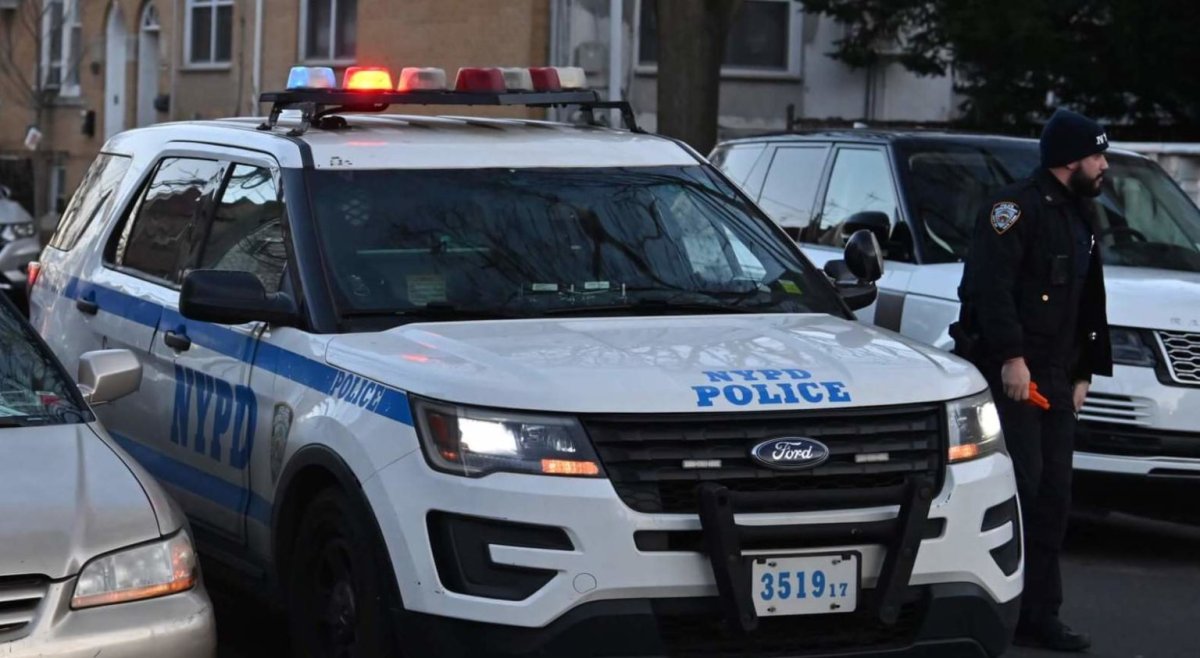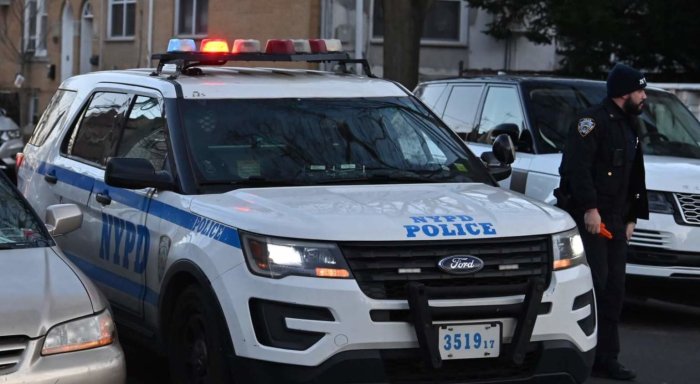By Elizabeth O’Brien
The Holland Tunnel Rotary is that rare urban space open enough to serve as a blank canvas. Landscape architecture students from City College designed park plans for the space in and around the rotary and presented their ideas to community members on Tuesday at Gilda’s Club on Houston St.
City College adjunct professor George Vellonakis, who works for the city’s Parks Department, called the Holland Tunnel Rotary “one of the most important still-vacant places in New York City.”
But not for long. The Port Authority will begin planting on the site in the spring, said Tiffany Townsend, a spokesperson. Other improvements in the major revamping, already underway with the opening of a new exit last month, will include more benches and streetlights.
While they may never become reality, the students’ designs represented an exercise in designing beyond the functional. Peter Igoe envisioned a formal garden that would be at home at Versailles. Sylvia Cordero-Skidmore worked with water jets and lights under her theme of overlapping circles
“It’d be like a fantasy land,” commented Victoria Faust, who lives on Canal St.
Shirley Secunda, a member of Community Board 2, asked the students detailed questions about the pedestrian access in their designs. When she expressed concern about at-grade crossings at the busy rotary, Vellonakis said it would be important to coordinate with the city Department of Transportation in installing traffic lights.
Along with the nitty-gritty details, participants discussed the overall importance of the Holland Tunnel Rotary plaza as a gateway between New York and New Jersey. Students talked about creating welcoming spaces for motorists and pedestrians alike.
The site boasts views of the Empire State Building to the north and the Hudson River to the west and, once it is rebuilt, will also have a view of the World Trade Center site to the south. Symbolism aside, community members like Faust think a park would represent a big quality-of-life improvement.
Asked Faust, “And why shouldn’t Downtown have green?”

































